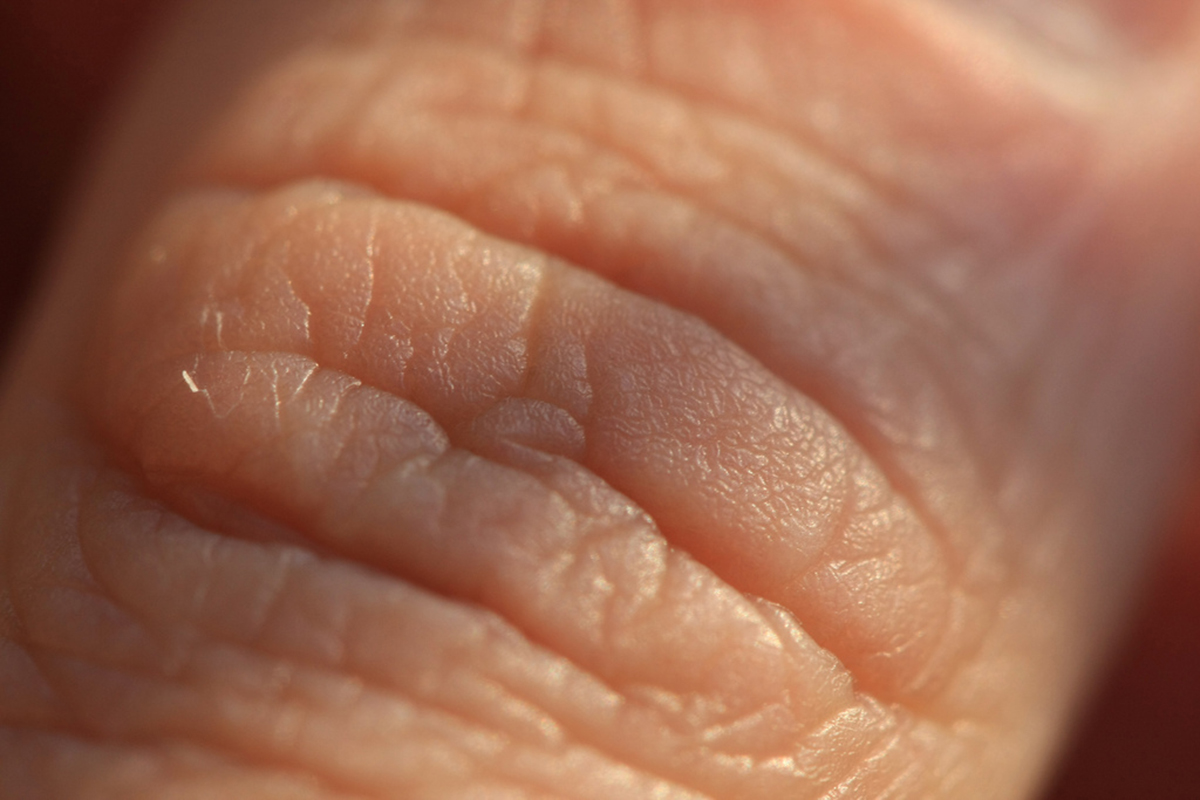Table of Contents
Research has shown that skin picking occurs in 1 of 20 people, mostly women. Everyone picks for different reasons. Someone does it out of pure boredom; sometimes they're not even aware of it. It becomes a problem when the skin is picked to battle negative emotions, mostly stress, and anxiety. People may feel relieved while doing it, but it's only short-term. Later, they feel pain, shame and guilt. It's not only bad because it's repetitive and painful. People insert many bacteria, especially those who tear the skin around the nails. Some of the patients even eat the skin.

Therapists first ask patients what came first, the contusion or the urge to itch. Patients should be honest, and they mostly are when they're aware of the problem. It should be clear that they first scratched and later saw a lesion. The skin lesions of excoriation fall under a dangerous itch-scratch cycle. Patient's initial urge to scratch causes even bigger urge.
Since several other conditions report skin itching and lesions, it's important not to confuse excoriation with any of them. Conditions with similar initial symptoms include cocaine use, scabies, multiple sclerosis, lymphoma, iron deficiency anemia, or internal cancers.
Lesions and scabs from picking out can be crusted and non-crusted, and they appear only on areas within the reach of the patient. They often evolve to ulcers. Scars and erosions often have angular borders, and quantity varies between several to hundreds.
To diagnose excoriation, patient must meet several important criteria:
-
regular and recurrent picking of the skin, resulting is erosions
-
patient has to report distress and decline in quality in most of the areas of life
-
more than one attempt to stop the habit
-
the condition can't be attributed to substance abuse
-
the condition can't be explained by other medical conditions
-
the condition can't be linked to any mental disorder.
It's important to create emphatic, non-judgmental and accepting environment for all the patients and avoid confrontation about a diagnosis. Patients can be sensitive and hurt. Besides therapy, doctors often prescribe medications for other psychiatric conditions to treat skin picking disorder since excoriation is still relatively unknown, but it's not a good practice.
Habit reversal therapy helps with a variety of repetitive behaviors. With excoriation, it helps to identify triggers and situations in which skin picking start to happen. Therapist helps to replace skin picking with other activities like squeezing the ball or anything else that occupies patient's hands and helps with the stress.
READ Cognitive Therapy Exercises
Stimulus control therapy helps to make changes in life and environment in hope to induce a 'braking' behavior. Doctor can advice wearing band-aids to prevent touching and feeling the skin, removing mirrors, etc. There are many methods — it depends on one doctor to another what will they choose.
- Photo courtesy of wigo18a: www.flickr.com/photos/wigo18a/16386759905/
- Photo courtesy of wigo18a: www.flickr.com/photos/wigo18a/16386759905/
- Photo courtesy of chodhound: www.flickr.com/photos/chodhound/8219637859/


Your thoughts on this